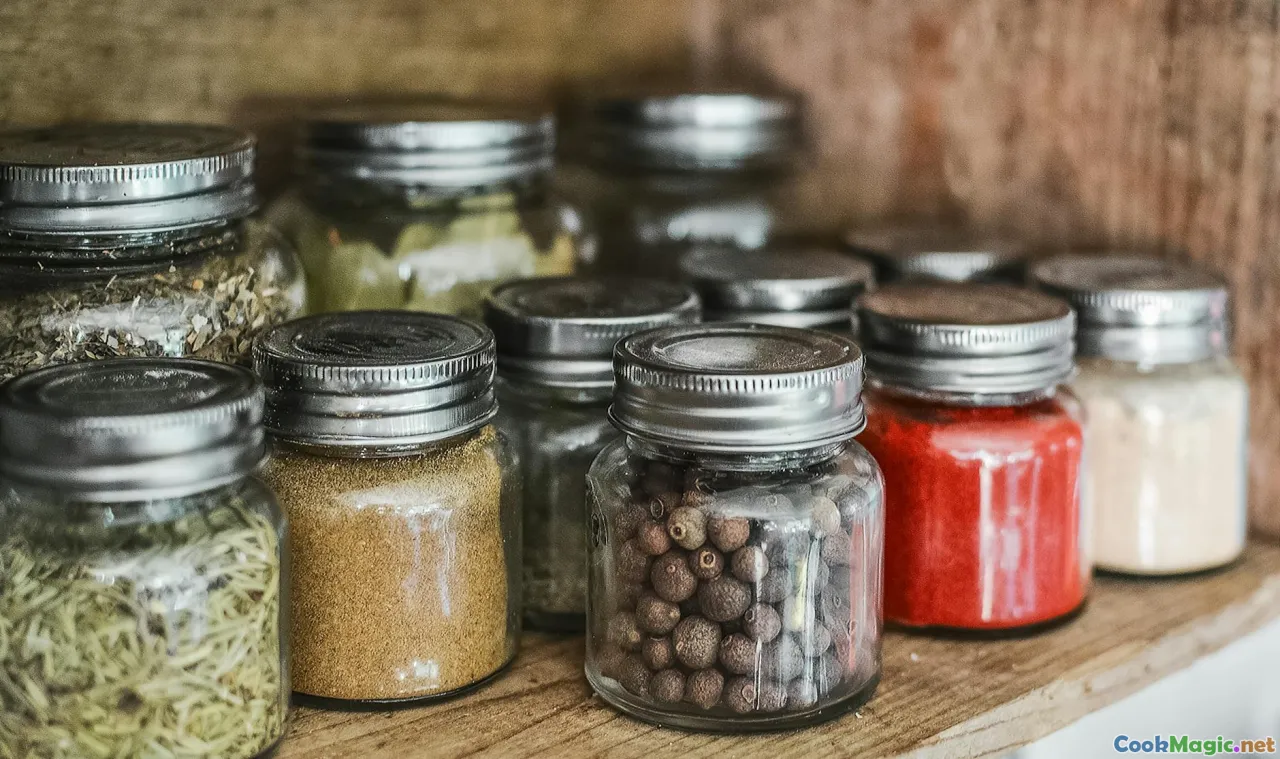History Behind Sancocho Spices and Stock Choices
8 min read Explore the rich history and cultural significance of spices and stock choices that define the authentic flavor of Dominican Sancocho. May 28, 2025 12:00
The Culinary Heritage of Sancocho: Unveiling Its Spices and Stock Choices
Imagine a bubbling pot on a rustic stove, releasing a symphony of aromas that evoke centuries of tradition, family gatherings, and cultural resilience. This is the heart of Sancocho, a beloved stew that embodies the soul of Dominican cuisine. But behind its comforting warmth lies a fascinating history—one woven with threads of indigenous flavors, African influences, and colonial exchanges—that shaped its distinctive spice blend and stock choices.
Introduction: A Flavorful Journey Through Time
Sancocho is more than just a meal; it’s a cultural narrative served in a bowl. Its fragrant aroma, hearty texture, and layered flavors tell stories of migration, trade, and adaptation. To truly appreciate Sancocho, we must delve into its origins, the evolution of its spices, and the choices behind its rich broth. This exploration not only celebrates Dominican culinary artistry but also highlights how history influences everyday flavors.
The Roots of Sancocho: A Melting Pot of Cultures
Indigenous Foundations
Long before European contact, the Taino people inhabited the island now known as the Dominican Republic. Their diet centered around root vegetables, tubers, and local herbs, often cooked in simple stews over open fires. The basic concept of slow-cooked meat and vegetables in a thick broth was already present in their culinary practices.
African Influences
With the arrival of enslaved Africans, new flavors, techniques, and ingredients were introduced. African culinary traditions emphasized bold seasonings, the use of spices, and hearty stews designed to sustain laborers. Ingredients like yams, plantains, and certain spices such as allspice (known locally as 'pimienta gorda') found their way into the evolving Sancocho.
European Contributions
Spanish colonization brought new livestock, herbs, and cooking methods. The Spanish influence introduced ingredients like garlic, cumin, and oregano, which would become staples in Sancocho. Over time, these influences blended into a unique Dominican identity, creating a stew that is both familiar and distinct.
The Evolution of Sancocho Spices
The Core Spice Palette
At its heart, Sancocho’s flavor profile is a harmonious balance of earthy, aromatic, and pungent spices. The key spices include:
- Allspice (Pimienta Gorda): Perhaps the most defining spice, allspice offers a warm, sweet, and peppery aroma reminiscent of cinnamon, cloves, and nutmeg. Its introduction via the Caribbean trade routes transformed local flavor profiles.
- Cumin: Adds a nutty, smoky depth that complements the richness of the meats.
- Oregano: Fresh or dried, oregano lends a slightly bitter, aromatic touch that brightens the stew.
- Garlic and Onion: Fundamental for building layers of flavor, these aromatics are almost universal in Sancocho.
- Bay Leaves: Their subtle bitterness and fragrance deepen the broth’s complexity.
Additional Regional Variations
Depending on the region and family traditions, additional spices and herbs may be included:
- Cilantro: Adds freshness and a citrusy aroma.
- Sazón or Annatto (Achiote): Used for color and a mild earthy flavor.
- Pepper and Hot Sauces: For those who enjoy a spicy kick.
The Role of Spices in Cultural Identity
The careful selection and balance of spices reflect not only taste but also cultural identity and history. For instance, the prominence of allspice underscores Caribbean trade influences, while the use of local herbs emphasizes indigenous roots.
Stock Choices: The Foundation of Flavor
Traditional Broth Bases
The stock or broth is the soul of Sancocho, providing depth and richness to the stew. Dominican Sancocho typically uses a combination of:
- Beef or Chicken Bones: Slowly simmered to extract collagen, minerals, and flavor.
- Herbs and Vegetables: Such as onions, garlic, and sometimes plantains or yuca, which add natural sweetness and body.
- Water or Sometimes a Tomato Base: Depending on family traditions or regional preferences.
Why Stock Quality Matters
A good stock is the backbone of a flavorful Sancocho. It encapsulates the essence of the ingredients, allowing the spices and vegetables to meld seamlessly. The choice between beef or chicken stock influences the stew’s richness and complexity:
- Beef Stock: Provides a deep, hearty flavor, often preferred in rural or traditional settings.
- Chicken Stock: Offers a lighter, more delicate base, suitable for a milder profile.
The Art of Stock Preparation
Mastering the stock involves patience—slow simmering for several hours to extract maximum flavor. Some cooks add aromatic vegetables like carrots and celery, while others keep it simple, focusing on the purity of the meat and bones.
Personal and Cultural Significance
For Dominicans, Sancocho is more than sustenance; it’s a symbol of unity, celebration, and resilience. The spices and stocks are often passed down through generations, each family adding their own twist. The aroma of Sancocho bubbling on the stove during family gatherings instantly evokes memories of home, community, and cultural pride.
A Reflection of History in Every Bite
Every spoonful of Sancocho embodies centuries of history—colonial encounters, indigenous traditions, African influences, and modern adaptations. Its spices are a testament to the island’s vibrant trade history, and its broth reveals the patience and craftsmanship of Dominican cooks.
Conclusion: Sancocho as a Cultural Legacy
Understanding the history behind Sancocho’s spices and stock choices enriches our appreciation of this iconic dish. It reminds us that food is a living narrative—an ongoing dialogue between past and present, tradition and innovation. Whether enjoyed during a lively family feast or a quiet Sunday dinner, Sancocho continues to serve as a flavorful bridge connecting generations and cultures.
So next time you savor a bowl of Dominican Sancocho, take a moment to reflect on the history simmering within—an aromatic story of resilience, identity, and shared heritage, seasoned with love and tradition.









